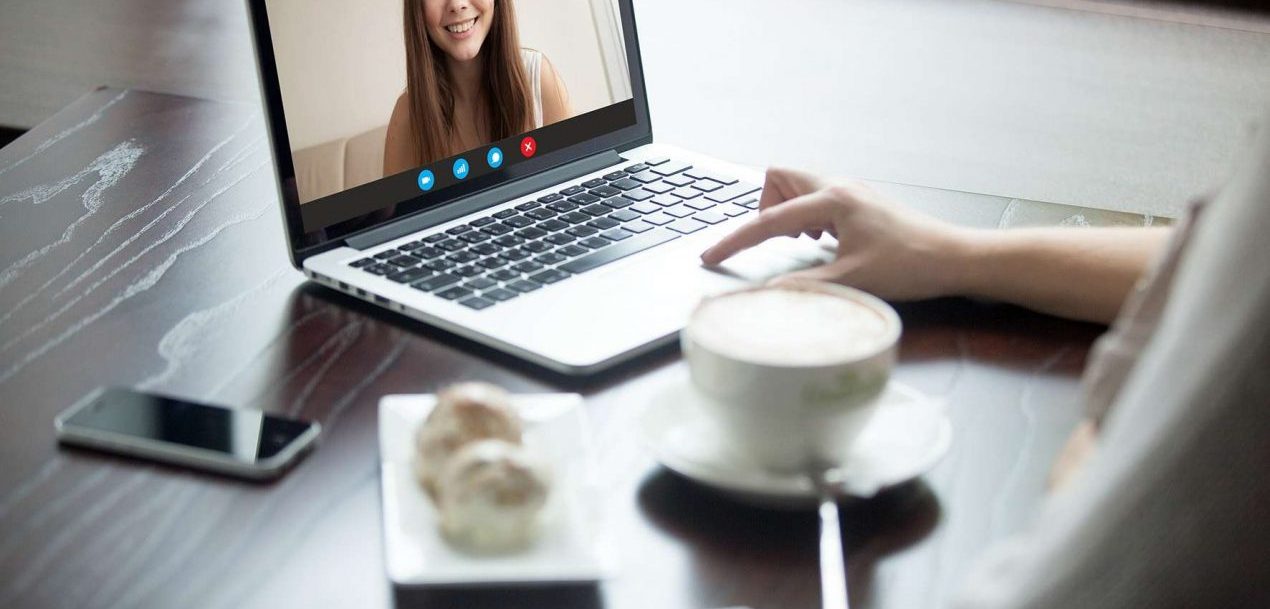Video Interviewing : A Guide for Candidates
Video interviewing: how to set yourself up for success
Video interviewing is on the rise with more and more organisations making rapid adjustments to the way they engage and appoint new talent. This style of interview has gained traction in recent years with digital communication tools making video interviewing a low cost and time saving option.
There are two main types of video interview.
Candidate pre-recorded video screening:
Screening candidates through the use of products like MyInterview, where candidates record a video of themselves responding to predetermined questions set out by hiring managers. Videos are sent for review to the hiring managers.
Live candidate video interviewing:
Undertaking live interviews facilitated by videoconference software such as Microsoft Teams, Google Hangouts, Zoom, BlueJeans or other. Hiring managers meet candidates virtually and undertake an interview in the same way as would be conducted face-to-face.
![]() For the purposes of this article we are focusing on live video interviewing via videoconference technology.
For the purposes of this article we are focusing on live video interviewing via videoconference technology.
For candidates new to the world of video interviewing, participating in these types of interviews can seem a daunting step within the hiring process. However, it is often a more engaging screening method than a telephone interview and a highly effective process for both hiring managers and candidates. Benefits include:
- No commuting time or cost
- Ability to dial in from anywhere, supporting global hiring
- Ease of scheduling
- Ability to record interviews for reference
- More capability to hold outside of office hours
- Feeling at ease through being in your own environment
M&T Resources is well versed in undertaking interviews remotely. We have compiled the tips below to support candidates through the preparation, planning and participation stages of an interview via videoconference.![]()
Interviewing via Videoconference : A Guide by M&T Resources
Planning:
- Research the company, interviewer(s) and role. Be prepared!
- Wear appropriate clothing for the organisation you are interviewing to join.
- Pick a quiet and well-lit location. Ideally you should sit facing a window or have a window to your side. A window behind you will turn you into a silhouette so it is important to test your options.
- Arrange a neutral, clean and uncluttered backdrop which is as professional as possible. Avoid unconscious bias from interviewer(s) who might have preconceived ideas about what certain objects may mean about your age, seniority, background, hobbies and personality.
- Download software and familiarise yourself with it prior to the video interview.
- Hold a test video interview with a friend so you can make changes to location, set up, posture / eye line and audio-visual systems if needed.
Preparation:
- Ensure you have adequate battery life and / or connection to a power source.
- Have a pen and notebook for taking notes and recording questions, and a copy of your resume. Do not be tempted to scatter additional notes around as interviewer(s) will notice you reading.
- Set out a glass of water for yourself.
- Minimise distractions. Put your phone on silent and make sure everyone in the house knows not to disturb you.
- Log into the video call 10 minutes early to test access, connection, set up, lighting and audio-visual elements.
- Be prepared to wait for your interviewer. They may be running late or having issues accessing the videoconference.
- Have a back-up contact method such as a telephone number in case you or your interviewer(s) encounter wifi connectivity or other technical issues.
Participation:
- Stay calm and communicate clearly. Remember that interviewing via videoconference may be a new experience for your interviewers as well, so try not to feel nervous.
- Smile, be conversational and portray yourself as someone your interviewer(s) would like as a colleague. Appeal to their human side.
- Look directly at the camera to create virtual eye contact with interviewer(s). Putting a sticker nearby the camera can act as a reminder.
- Avoid looking at the video image of yourself as this will reduce in the engagement of the interviewer(s). Covering the thumbnail image can be helpful.
- Use appropriate hand gestures. Avoid being either too animated or too static.
- Nod and smile when listening to demonstrate engagement with interviewer(s).
- Remember to ask thoughtful questions at the end of the interview and find out the next steps in the hiring process. When are you likely to hear back?
- Thank your interviewer(s) for their time and close out the interview.
- TURN OFF the videoconference software.
- Follow up with a thank you email or message to each interviewer(s) to close out this stage of the process. This should be done on the same day as your interview has taken place. This is not the polite thing to do but it also keeps you front of mind while they continue the process with other candidates.
- Relax and wait for next steps.
![]() Are you a business or an individual transitioning to remote working? Check out the M&T Resources insights page for further support articles including our Guide to Remote Onboarding and information on how to work from home effectively, including ergonomic home office set up.
Are you a business or an individual transitioning to remote working? Check out the M&T Resources insights page for further support articles including our Guide to Remote Onboarding and information on how to work from home effectively, including ergonomic home office set up.

